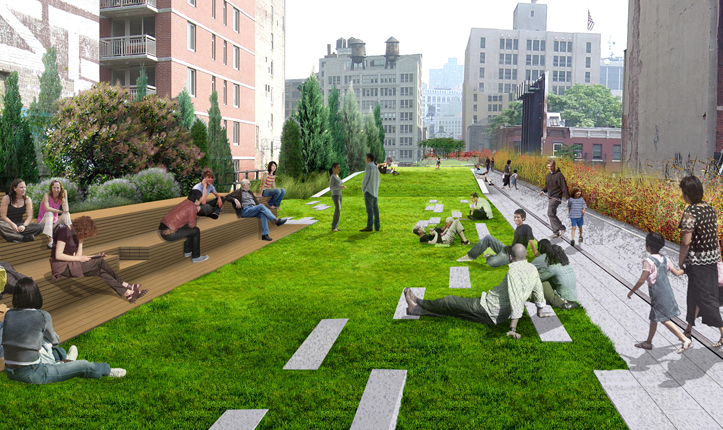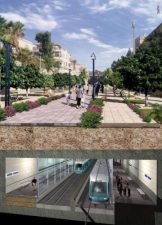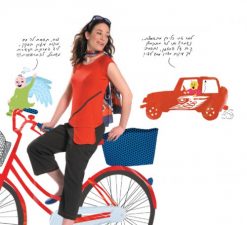The High Line Park built on a historic freight line in New York City (pictured below) is one of the most talked-about urban renewal programs in history. There is an entire website devoted to it, a special team maintains the verdant 23rd street lawn and another is responsible for removing ice and snow. This park has rules and bike racks and a printable map.
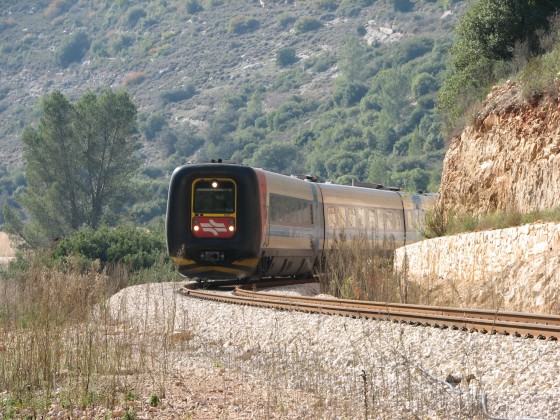
All future cities that incorporate train tracks into their urban parks are ill-fated to endure comparisons to NYC, and most likely, they will be judged inferior.
This includes Jerusalem and its humble Train Track Park. An idea conceived before the 2003 international design competition to transform the High Line was launched (and won by Diller Scofidio + Renfroon), Jerusalem may lack NYC’s amenities but not its vision.
The High Line is Born!
NYC’s newest park was born when locals rose up against a plan to demolish the freight tracks on Manhattan’s western fringe. Friends of the High Line subsequently formed in 1999 and have continued to oversee the now famous and highly coveted urban space since.
But what about the history of Jerusalem’s park? It developed as part of a scouting project for another park development, the Nahal Refa’im Park, according to Ha’aretz. Architect Yair Avigdor and Landscape Architect Shlmo Zeeri were looking for the park’s basin and discovered that it stood next to the Khan Train Station, which had closed in 1998.
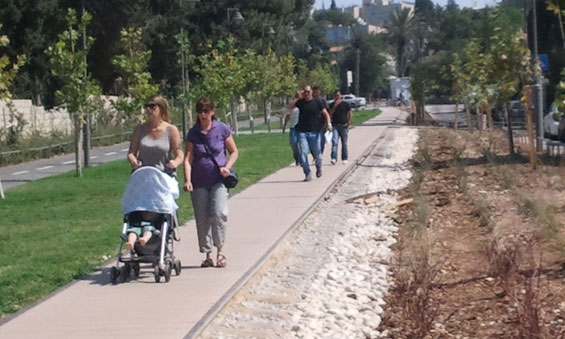
So they (just the two of them without a pile of supporters to back them up) proposed a plan to the municipality to incorporate the area between the Germany Colony station to the Malkha station into the overall park plan. The 6km park plan was approved. But no fanfare and no international design competition ensued.
It was just Avigdor and Zeeri left to transform the space that was designed to link otherwise disjointed neighborhoods, according to the paper, all with a very tight budget.
So although there are some benches and light fixtures, along with a bicycle path and mini parks where green space butts up against urban space, this park has none of NYC’s finesse. Instead of preserving the existing rails and tracks with wood, concrete was used instead in order to reduce maintenance, and other short cuts are also visible.
Even so, it’s almost unfair to make the comparison between this and the High Line. What’s important is that a plan to turn what Zeeri called “the Junkyard of Jerusalem” into an accessible public space, albeit a neglected one, was followed through with the commitment of a small group of individuals and completed.
:: Ha’aretz

